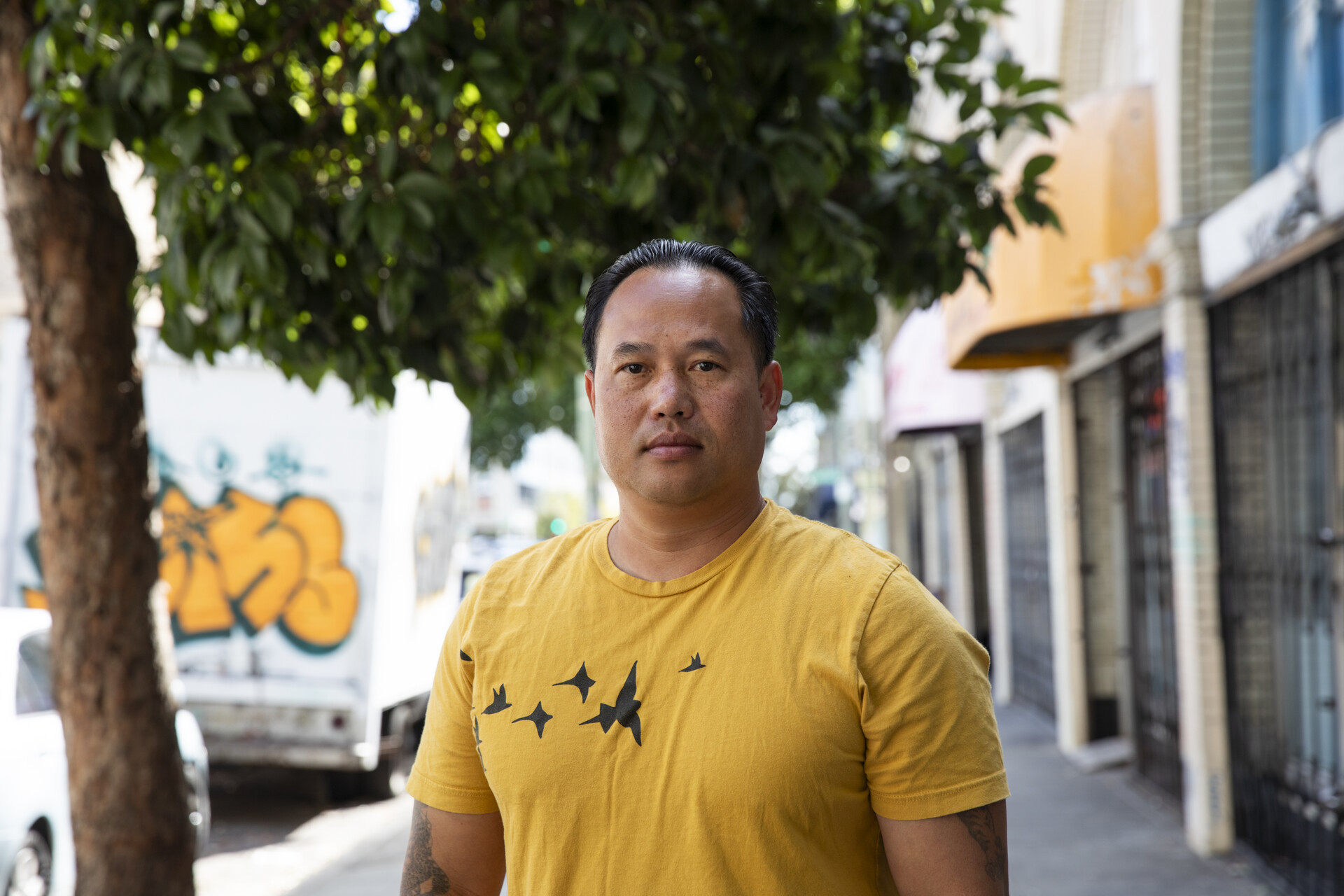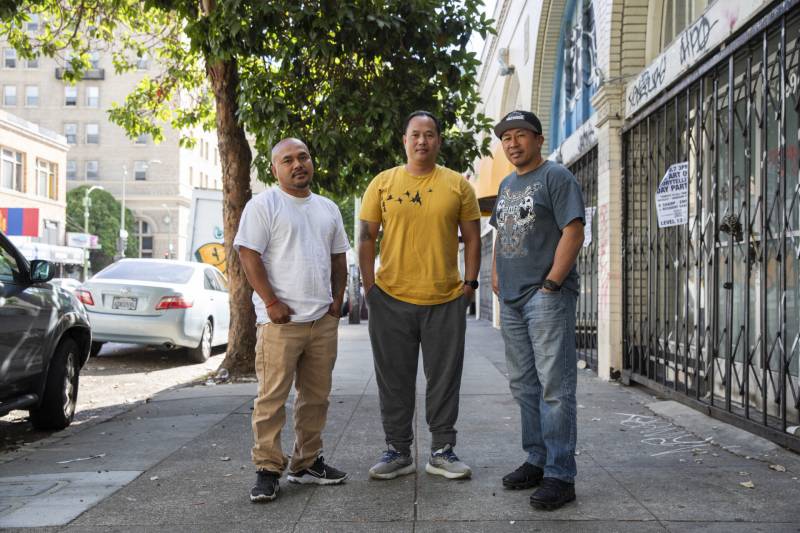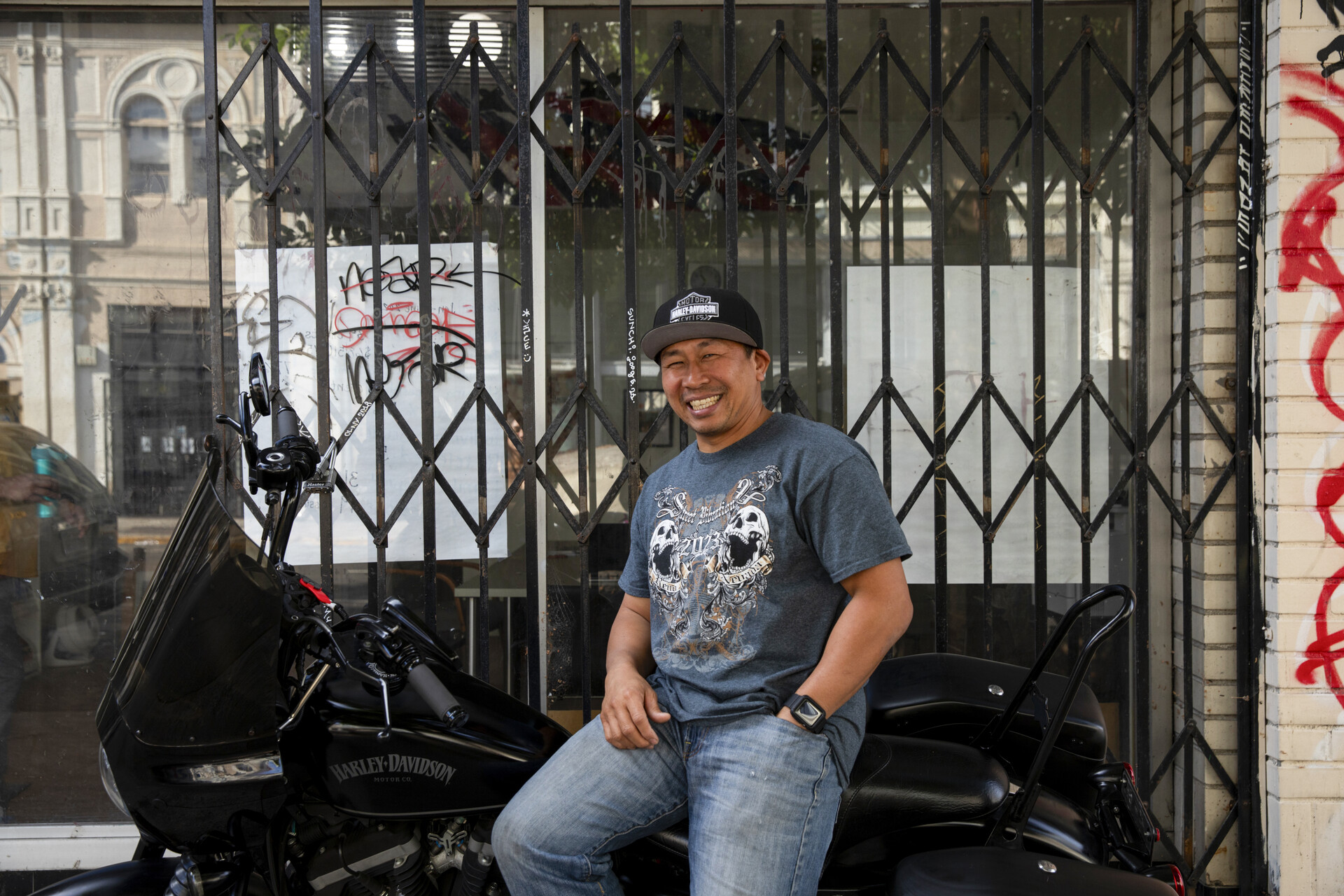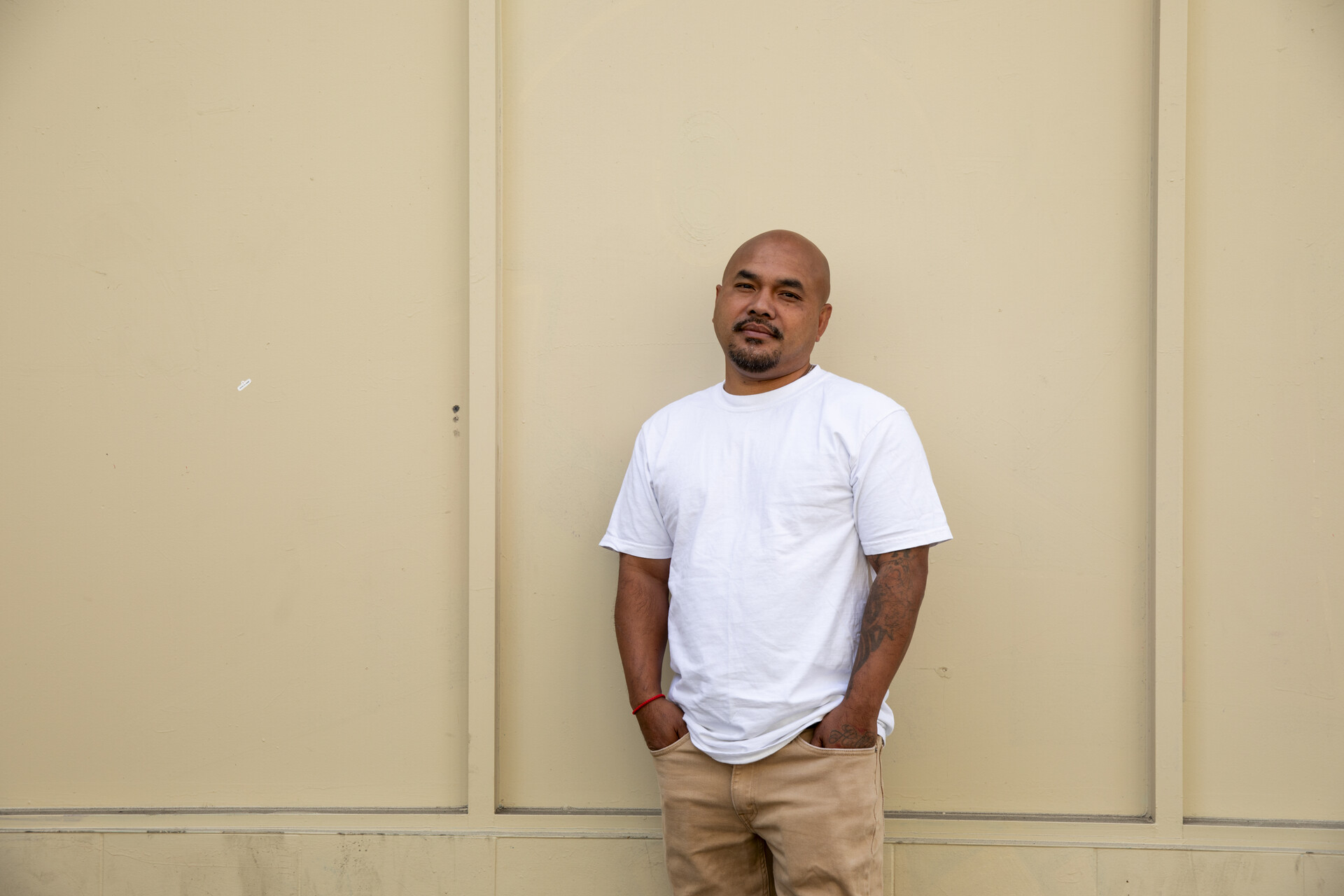On Jan. 17, 1989, Borey Ai’s life was dramatically altered.
That’s the day a 24-year-old man, armed with an AK-47, strode onto the playground at Cleveland Elementary School in Stockton. A white supremacist, Patrick Purdy, blamed minorities for his failings in life.
Purdy singled out the Southeast Asians who were his neighbors, deciding to shoot the Cambodian and Vietnamese children enjoying recess. He fired 105 rounds in three minutes, killing five children. Before killing himself, Purdy, who was dressed in combat gear, also wounded 32 other people, including more students and teachers.
All the victims killed were Cambodian and Vietnamese immigrants.
One was Ai’s cousin.
“That changed my life,” said Ai, who was 8 and on the playground at the time of the shooting. “That was the message — you’re not wanted here. Someone is trying to kill you.”
In the 1980s and 1990s, thousands of Cambodian refugees were resettled in Stockton. According to the report on the massacre, released by the state attorney general in October 1989, one in six residents in the city of about 250,000 was a Southeast Asian immigrant.

In the United States, Southeast Asian refugees found living conditions similar to what they had left behind. Plagued with lingering trauma, they were forced to live in deteriorating buildings and work low-paying jobs while dodging constant attacks. Many children were so young they could barely read or write in their native language, let alone speak and write English.
Gangs became an outlet for some Southeast Asian youth struggling to adjust. Two of the most prominent Asian gangs in the 1980s, Asian Boyz and Tiny Rascal Gang, were created by Cambodians living in Long Beach as a means of protection. Young Southeast Asians, like Ai, found themselves committing crimes for a gang. Also, like Ai, many were caught and sentenced to long prison sentences. Their releases often came with deportation orders.
In August, the Southeast Asian Deportation Relief Act of 2023 was introduced in Congress. The legislation aims to end deportations of Southeast Asian American refugees and provide protections for the more than 15,000 people with final orders of removal. The legislation also seeks to establish a path to return to the U.S. for refugees who have already been deported to Cambodia, Vietnam and Laos.


